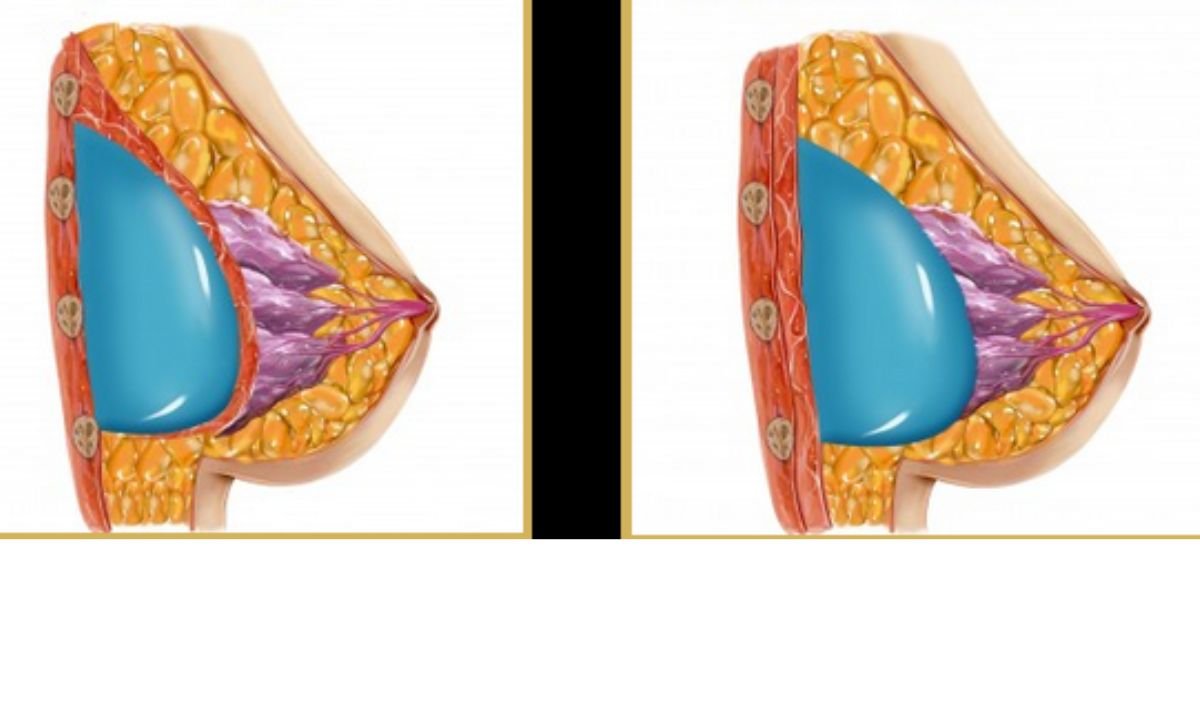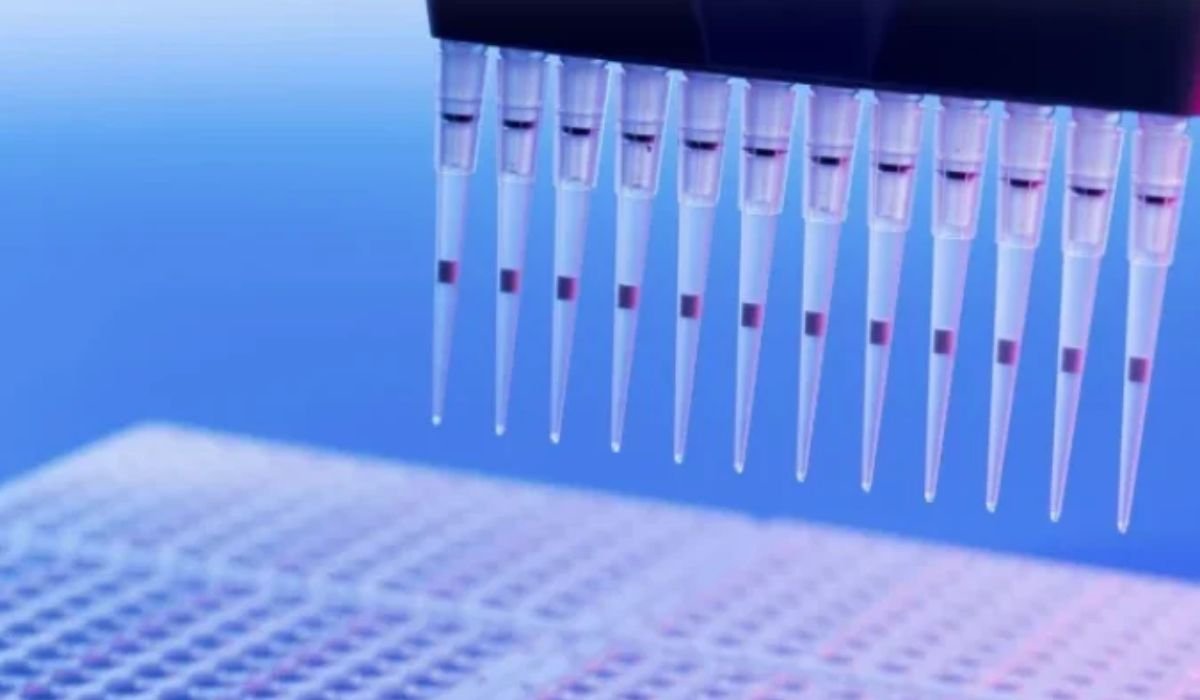When you quantify trace metals in biological matrices, the signal you want is often buried under signals you don’t. Salts, proteins, and endogenous elements generate polyatomic and isobaric overlaps that can swamp true analyte ions. Inductively Coupled Plasma Tandem Mass Spectrometry (ICP-MS/MS) tackles these problems head-on, pairing smart ion chemistry with two stages of mass filtering to deliver clean, decisive data. Here’s how it removes the noise and why it’s so effective for DMPK and bioanalysis.
How ICP-MS/MS Eliminates Spectral Interferences
Before we dive into tactics, note that icp ms ms combines a first quadrupole (Q1), a collision/reaction cell (CRC), and a second quadrupole (Q2) to clean, convert, and confirm the ions you actually care about.
Two quadrupoles create a gated path for only the right ions.
Q1 acts as a mass gate, passing just the target m/z into the CRC and blocking most off-mass interferences formed in the plasma (e.g., ArCl⁺, ArO⁺). Inside the CRC, ion–molecule chemistry selectively transforms the analyte (or deactivates interferents). Q2 then measures either the original mass (“on-mass”) or a transformed product ion (“mass-shift”). This tandem filtering is the core reason ICP-MS/MS copes so well with complex matrices like plasma, CSF, or tissue digests.
Collision mode uses kinetic energy discrimination to knock out polyatomics.
With helium in the CRC, large polyatomic species (e.g., ArC⁺, ArO⁺, Ar₂⁺) suffer more energy loss than atomic analyte ions during collisions. By setting the cell energy and Q2 appropriately, the instrument discriminates against those slowed interferents while transmitting the faster analyte ions. This “He KED” strategy is robust across multi-element panels and is especially useful when you need a single, interference-resistant method for routine runs.
Reaction mode performs chemistry that separates the analyte from the interferents.
Some overlaps won’t yield to collisions alone. Reaction gases (O₂, NH₃, H₂) enable selective ion–molecule reactions that either remove the interference or convert the analyte to a unique product mass. Classic examples: convert ^75As⁺ to ^91AsO⁺ with O₂ to avoid ArCl⁺; shift ^80Se⁺ to ^96SeO⁺ to sidestep Ar₂⁺; use NH₃ to react away ArO⁺ while transmitting ^56Fe as a cluster product. Because Q1 pre-selects the precursor, side reactions are minimized, boosting specificity.

On-mass vs. mass-shift: choose the cleanest lane.
ICP-MS/MS lets you decide whether to measure the native m/z (after removing interferences) or a reaction product at a different m/z. On-mass with He KED is fast and universal; mass-shift with O₂ or NH₃ is unbeatable for stubborn overlaps. In bioanalysis, you might run mixed modes in one method—on-mass for elements with mild interference (e.g., Zn), mass-shift for notoriously messy ones (As, Se, Fe) without changing sample prep.
Speciation with HPLC–ICP-MS/MS adds a chromatographic layer of defense.
When biological questions demand the chemical form (parent drug vs. metabolite vs. oxidation state), hyphenating HPLC separates species before the CRC does its clean-up. Chromatographic resolution reduces co-elution, and Q1/CRC/Q2 chemistry eliminates residual spectral overlaps. The result is confident quantitation of metal-containing small molecules, radionuclide surrogates, or elemental tags on biomolecules, even at sub-ppb levels.
Smart internal standards and matrix strategies lock in accuracy.
Even with superior interference control, instrument drift and nebulization variability can bias results. ICP-MS/MS pairs well with elemental internal standards (e.g., Ge, Rh, Ir) chosen for similar mass and ionization behavior to the analyte. Matrix-matched calibration or standard-addition designs further stabilize recoveries in challenging matrices (whole blood, tissue digests), ensuring the cleaned-up spectra translate into reliable concentrations and PK parameters.
Conclusion
Spectral interferences are the main reason trace-level metal quantitation fails in complex biological samples. ICP-MS/MS solves the problem by combining mass gating (Q1), targeted ion chemistry (CRC), and selective confirmation (Q2). With flexible collision and reaction modes, on-mass and mass-shift options, HPLC coupling for speciation, and robust internal standardization, it delivers clean signals and dependable numbers. That clarity empowers DMPK teams to make faster, better decisions without second-guessing the data.











